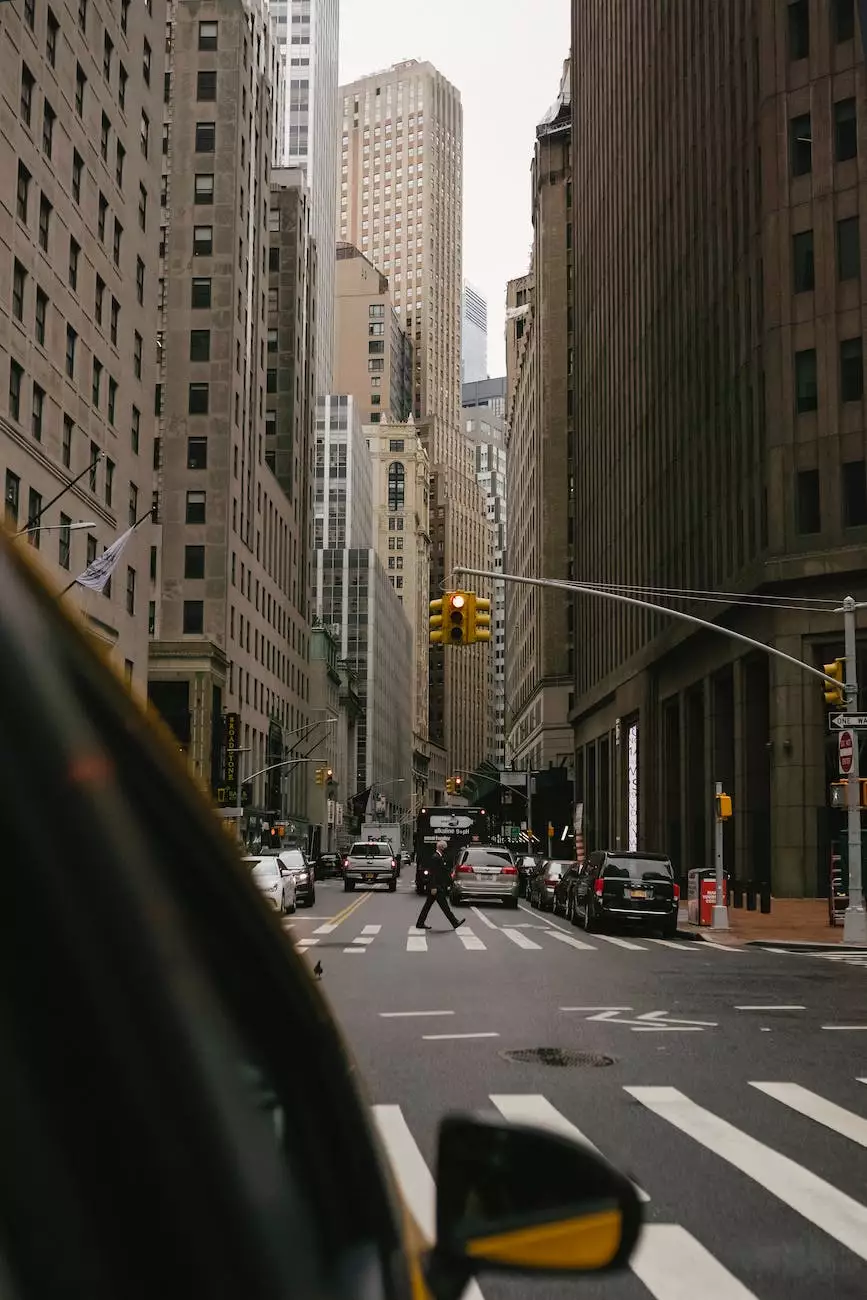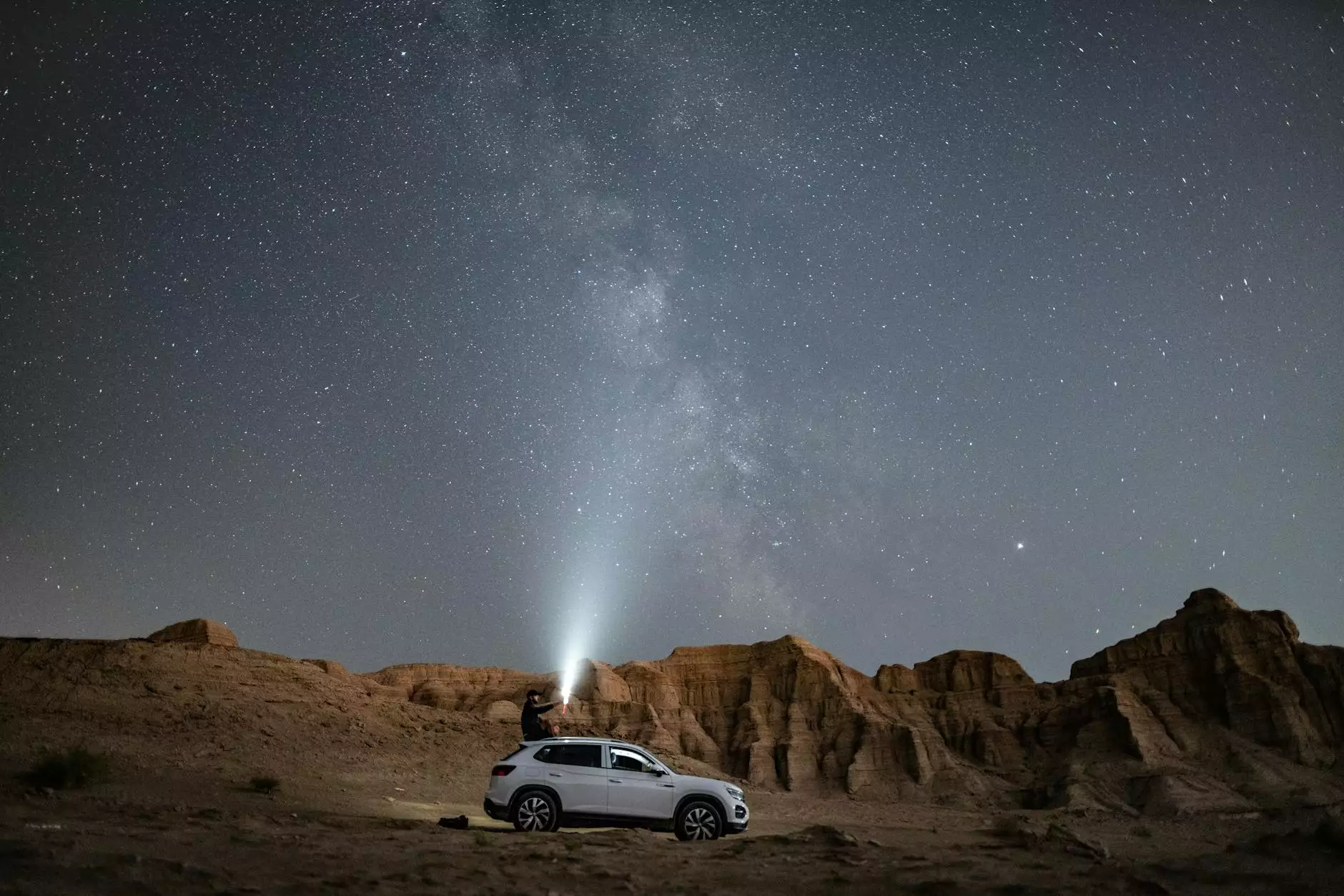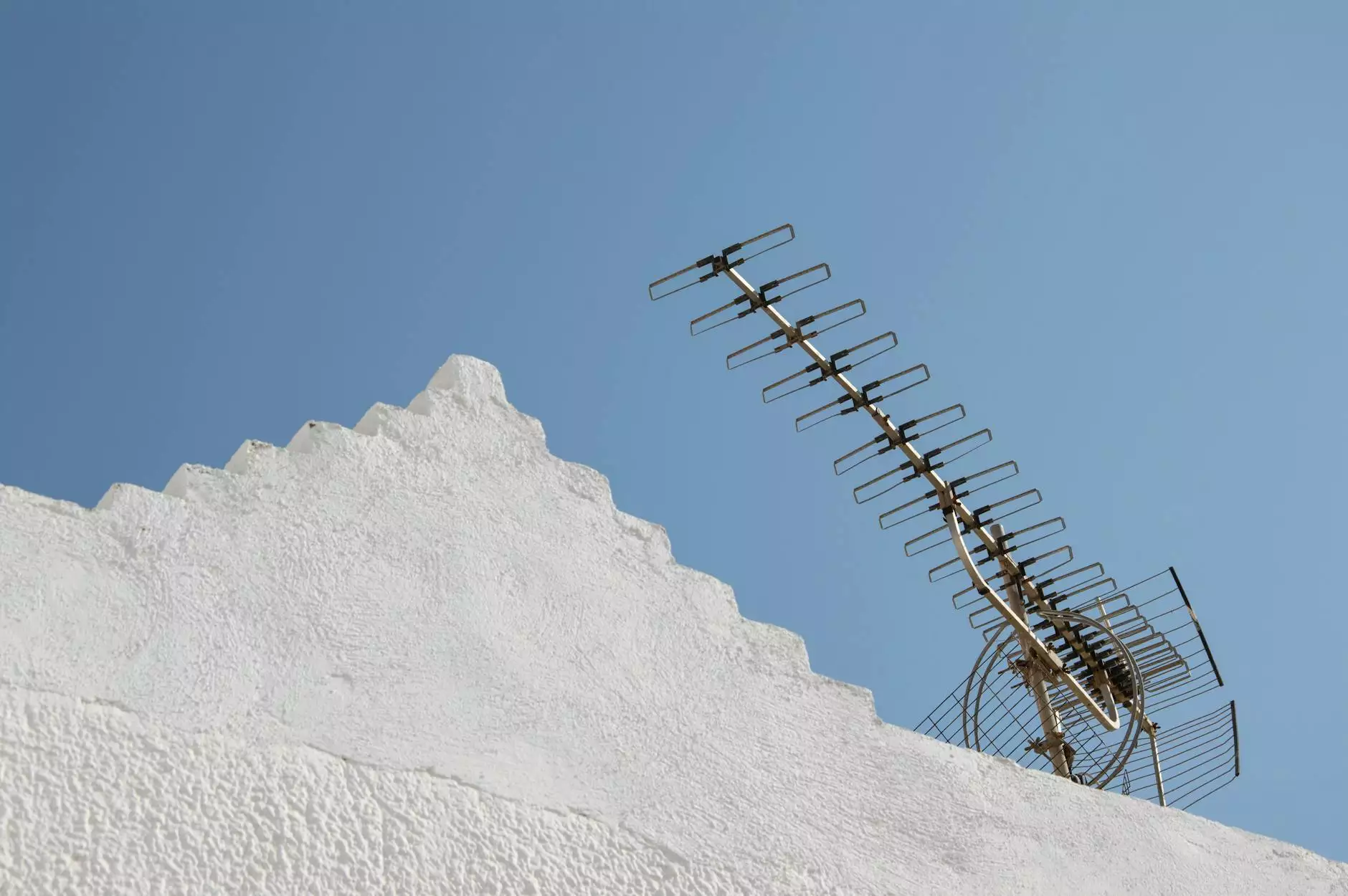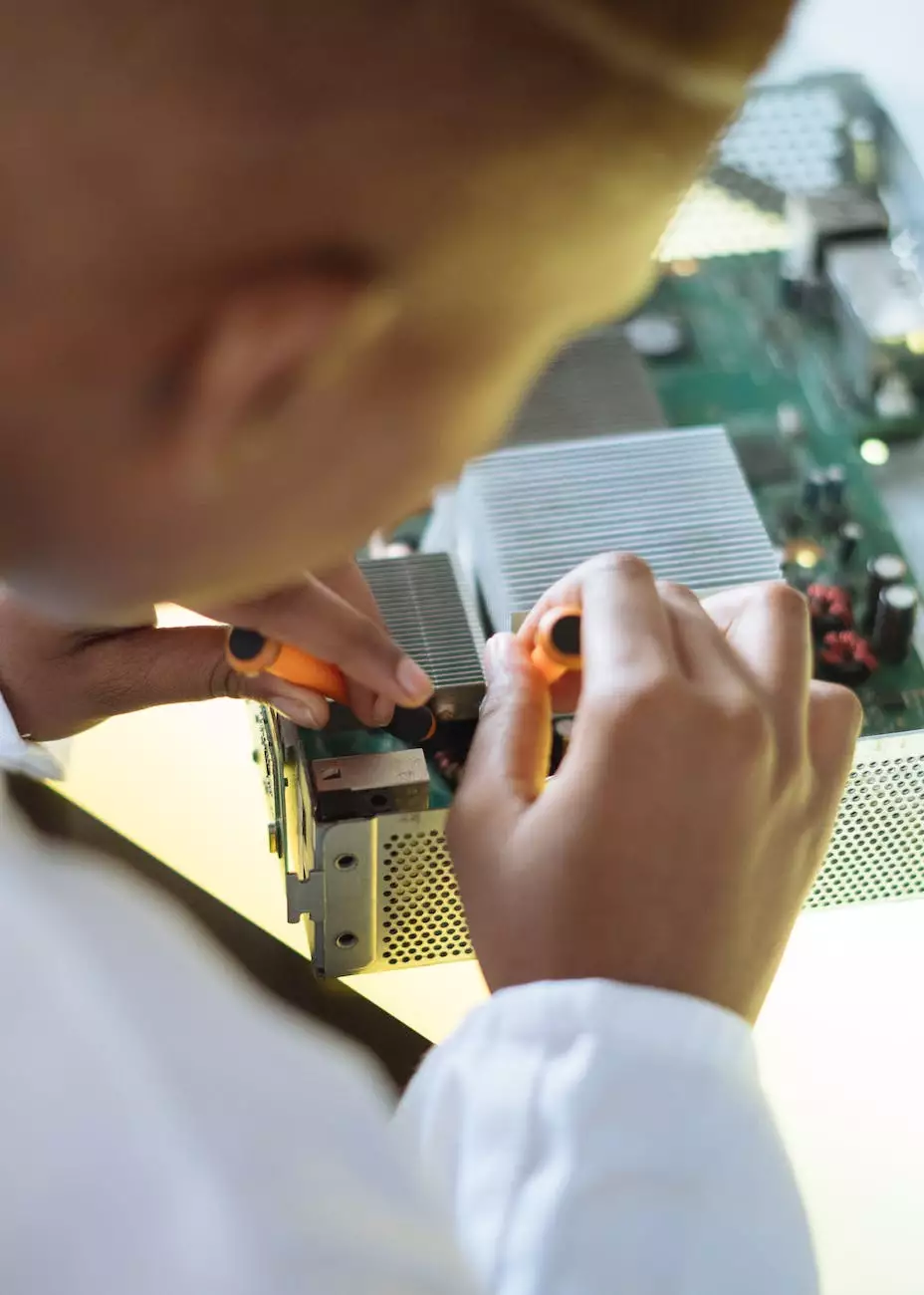What is Gap Insurance?

Understanding Gap Insurance
When purchasing a vehicle, especially a new one, it is essential to consider the financial aspects and potential risks associated with car ownership. One important aspect to be aware of is Gap Insurance. But what exactly is Gap Insurance, and why is it important? This comprehensive guide aims to provide you with all the necessary information you need before making a decision.
What Does Gap Insurance Cover?
Gap Insurance, also known as Guaranteed Asset Protection Insurance, is designed to cover the "gap" between the actual cash value (ACV) of your vehicle and the amount you owe on your loan or lease. In the unfortunate event of a total loss due to theft or an accident, your primary auto insurance may only cover the ACV, leaving you responsible for the remaining balance on your loan or lease. Gap Insurance steps in to protect you from potential financial hardships in such situations.
Why Should You Consider Gap Insurance?
Gap Insurance is particularly advantageous in the early stages of car ownership when the depreciation rate is high. New vehicles tend to lose value quickly, sometimes even faster than the rate at which you pay off your loan or lease. Therefore, if you experience a total loss during this period, the gap between the ACV and the remaining balance may be substantial. Gap Insurance safeguards you from being burdened with an outstanding loan balance or lease payment on a vehicle you no longer possess.
Additionally, Gap Insurance is beneficial for individuals who finance their vehicles with little or no down payment, as this can contribute to a higher gap between the ACV and the remaining balance. It is also worth considering if you have a long-term loan, as longer loan terms often mean a slower depreciation rate relative to the remaining balance.
How Does Gap Insurance Work?
Gap Insurance typically covers the difference between the ACV and the outstanding loan or lease balance. The coverage duration can vary, but it is usually effective for a specific period, such as three years or until the loan balance reaches a certain percentage of the vehicle's value. Be sure to review your policy terms and conditions to understand the specifics of your Gap Insurance coverage.
It is important to note that Gap Insurance does not cover expenses unrelated to your loan or lease balance, such as deductibles, extended warranties, or vehicle repairs. Furthermore, if you are late on your loan or lease payments, the Gap Insurance coverage might be affected, so it is crucial to stay current on your financial obligations.
Gap Insurance vs. Primary Auto Insurance
Primary auto insurance policies encompass comprehensive and collision coverage, which generally provide protection for your vehicle. However, these policies often solely compensate you based on the ACV of the vehicle and not the actual amount you owe on your loan or lease. This is where Gap Insurance plays a crucial role.
While primary auto insurance covers damages, theft, or accidents, Gap Insurance acts as an additional layer of protection. It ensures that you are not left with a significant financial burden in the event of a total loss. By having both primary auto insurance and Gap Insurance, you can have peace of mind knowing that you are comprehensively protected.
Conclusion
Gap Insurance is a valuable consideration for anyone purchasing a vehicle, particularly new ones or those with a high loan-to-value ratio. Understanding the purpose, coverage, and benefits of Gap Insurance allows you to make informed decisions, providing financial security for your investment. As one of the leading providers of electric vehicles and automotive information, DRIVEN EV, LLC. is committed to helping you navigate the world of car buying and protect your vehicle investment with Gap Insurance.
Remember, when it comes to protecting your financial well-being, Gap Insurance can make all the difference.










